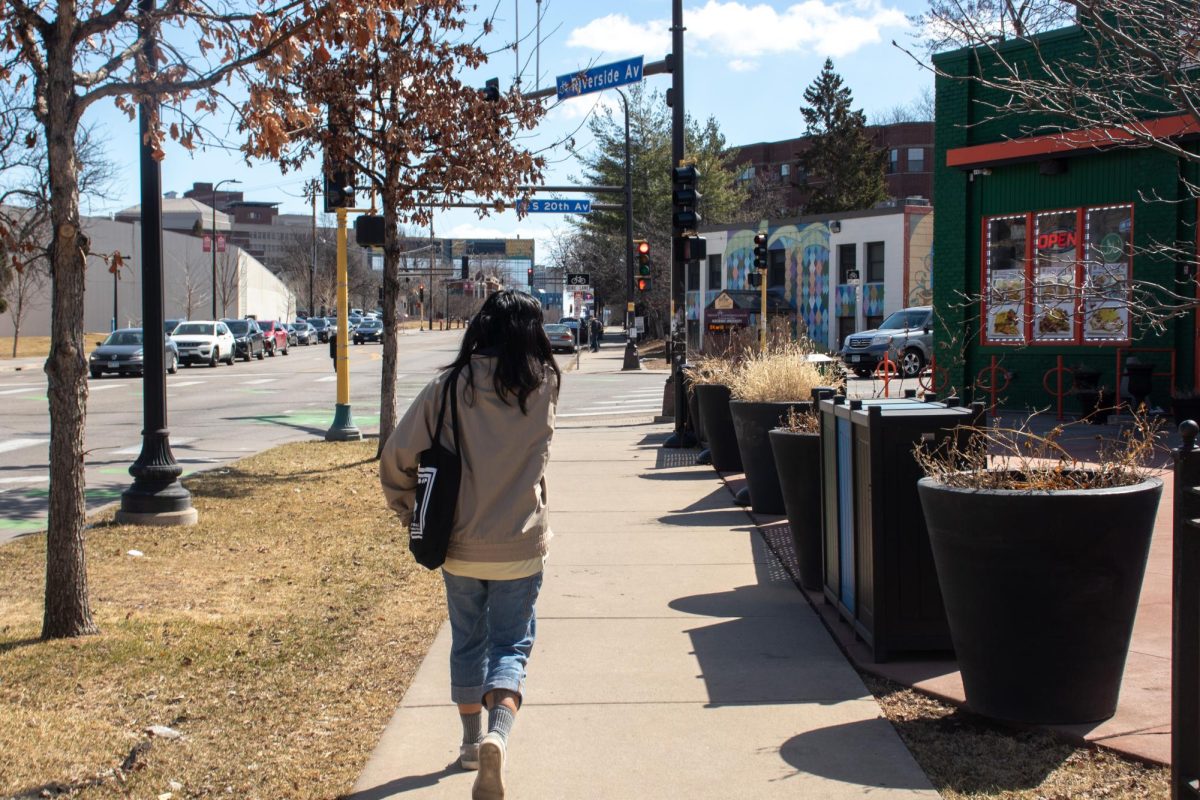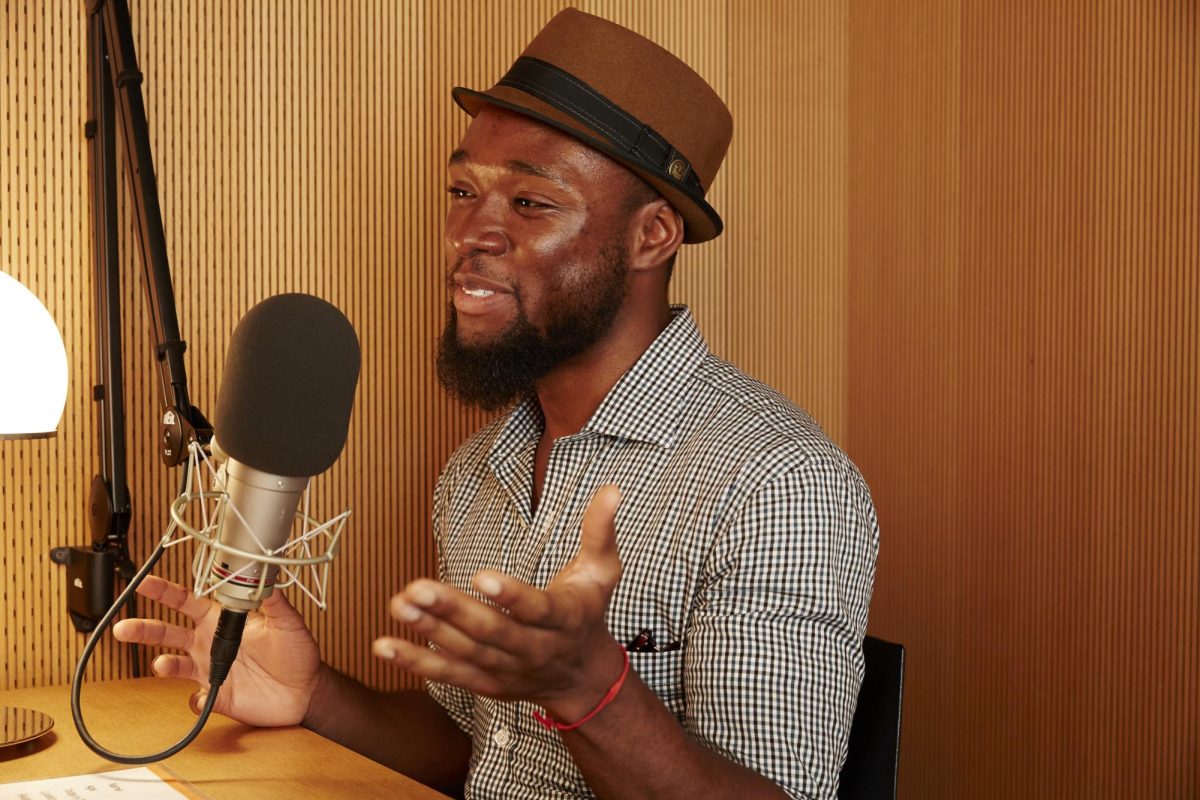University of Minnesota students can now get guidance and mental health support from fellow students at the help desk in Bruininks Hall.
This semester, the help desk, called Helping U, added two student employees to its staff of four and trained the group in mental health support techniques. They also learned about the various resources available on campus for students struggling with mental illness.
The training better equipped student employees to recognize when students are in distress, said Julie Selander, director of One Stop Student Services, which oversees Helping U.
The expanded services were promoted at a Minnesota Student Association forum on Oct. 24.
This expansion was a result of a 2014 MSA request for a website which would serve a function similar to the help desk.
Though the website was never created, positive response to the desk could lead to an online service, phone access to the desk and more desks located around campus, Selander said.
“It’s nice to be a resource to someone… I’m here to help [students] so it’s good when students know that,” said senior Katie Boldt, student assistant for Helping U.
One Stop and the Office for Student Affairs, who partnered to expand Helping U, felt that an expansion of the physical help desk would fit in better with the current structure and budget than creating a new website, said Laura Knudson, assistant vice provost for student advocacy and support for OSA.
“We’re always assessing how we can we provide more care for students and understanding what that looks like… This is a constant conversation we have,” Knudson said.
The Helping U desk was first created in 2010 and operated as resource to help students find their way around campus, Selander said.
She added that, with the expanded desk, Helping U is expecting more visits.
Although employees are not trained as counselors, a peer-to-peer connection is important for students, said Katie Johnson, executive assistant at Helping U.
“I think a lot of students will be more comfortable opening up to other students because they’re going through the same thing,” Johnson said. “They’re all juggling all these different things, they’re all stressed out, so that’s why we wanted it to be a peer-to-peer interaction.”







